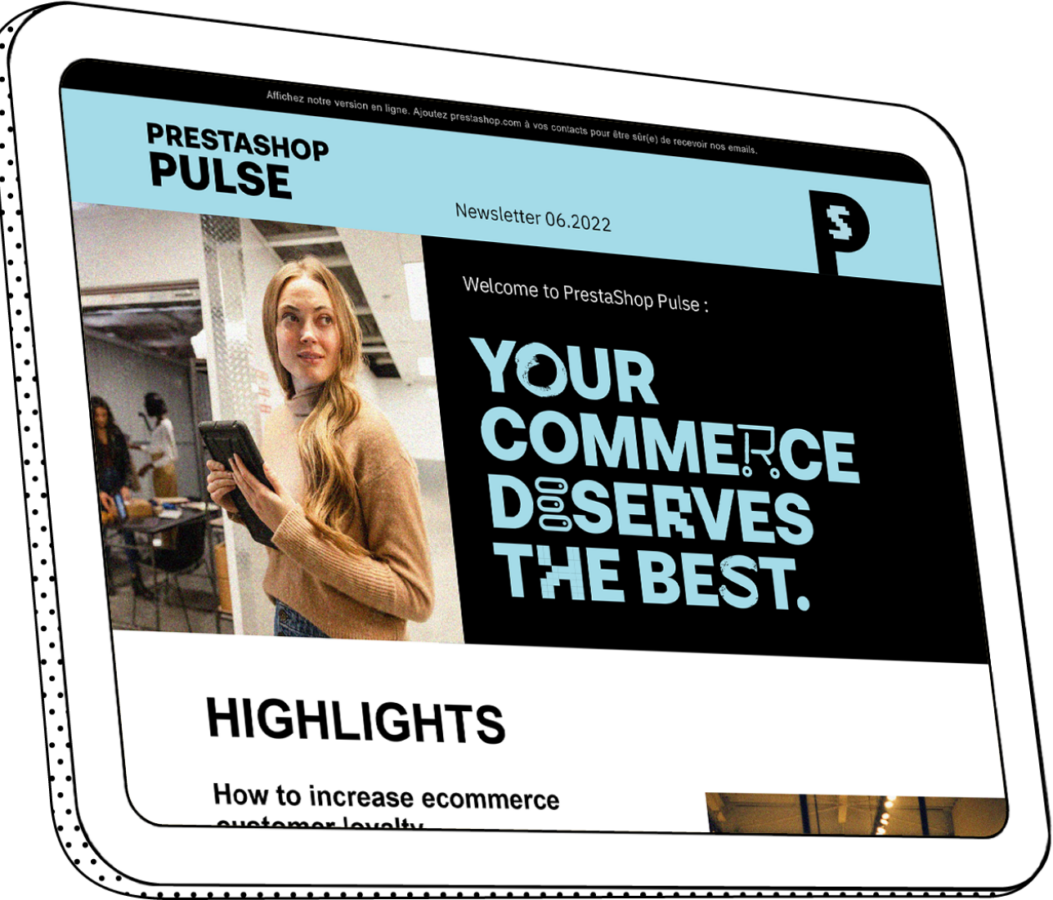
Catalog optimization to improve SEO, UX and sell more
When we perform the analysis of the requirements of a PrestaShop store to provide a good user experience and the requirements to perform a good SEO positioning, we realize that they are mostly coincident, although there are small nuances that must be taken into account at each stage of optimization.
The architecture of the store
Structuring categories thematically makes it easier for the user to navigate the store, helping them easily find the products they are looking for and improving the user experience. It will also make it easier for Google to understand the structure of the store, allowing it to index it optimally and then show it in search results.
Another aspect to take into account is the link juice or transmitted authority, this will be less the more clicks you have to make from the home to reach the page, so it is convenient to structure trees that do not contain very deep categories. This must be kept in mind when structuring the category tree since it is key to achieving a good organic positioning, but at the same time we must consider the user experience and maintain the ease of finding the products and for this the available alternatives to the deep categories must be considered.
Let's think of a store that sells appliances, using exclusively the category tree and looking for a good user experience, a category structure similar to the following would be necessary:

As can be seen, it gives rise to categories very far from the home. This category structure can be simplified to improve SEO positioning while improving the user experience using faceted navigation. In this way, the tree could be simplified, such as:

Silo-like semantic structure
Structuring by grouping keywords by topic makes it easier for the search engine to understand the semantic structure of categories, allowing them to control the authority flows transmitted from the upper categories to the lower ones, as well as maintaining a system of keyword inheritance, which causes an improvement in SEO positioning in addition to improving the user experience.
Technically it is not advisable to create links of the "follow" type between pages of different silos since they hinder the semantic interpretation to the search engines and cause a leak of authority.

The information in the catalog
The store catalog includes categories and products and forms the basis on which all marketing and sales strategies are developed. It must be seen as a whole in which its consistency is based on the coherence of each of its parts and on the relationships between them. For SEO positioning as for a good user experience it is necessary that the information of the products and categories meet a series of conditions.
Category information
In the information for each category we must take advantage of all the resources offered by PrestaShop, having to complete all the fields taking into account what is mentioned in the silo structure.
It is very important to define well the keyword to position in each category taking into account the inheritance of the keywords in the silo structure.
Product information
The information provided in each product must be exhaustive and homogeneous between comparable products, being the objective to offer answers to all the questions that the visitor may pose. In this way, each product must have the basic fields perfectly completed.
Homogeneity of information
Having these fields filled in is necessary, although not sufficient, since to achieve a consistent catalog that answers all the doubts of the client it is necessary to expand this information using the characteristics. With the characteristics it is possible to present objective information of the product, provided by the manufacturer or prepared by the store in its condition as an expert. It is also possible to present information that may have subjective nuances and can be kept enriched with opinions and ratings of users who have purchased the product. It is important to define and complete the same characteristics between comparable products, so that the information is complete when making comparisons.
Improved user experience
Easy product localization
With some tools faceted navigation functionality, brands, characteristics and attributes can be used as filters, providing the user with easy localization of the products searched. In addition, using the predictive search engine faceted navigation can be accessed from the list of the search results.
Better product comparison
The homogeneity of information between comparable products facilitates the comparison of products on a single screen and the purchase decision.
Better suggestions
The abundance of generalized and homogeneous information allows to establish more and better relationships in the suggestions in cross-sales, offering alternatives or complements more consistent with the product, which in addition to improving the user experience causes an increase in the average ticket value.
Improvement in SEO
Structuring the category tree thematically will also make it easier for Google to understand the structure of the store, allowing it to index it optimally and then display it in search results. For the concordance factor it is very convenient to facilitate the semantic understanding to the search engine using microcodes. A consistent product page is likely to appear among the first search results especially in long-tail searches.
Once the page appears among the results, Google's algorithm will determine if the information displayed is relevant to the search by analyzing the following parameters:
- Bounce rate
- Dwell or time that the user remains in the store until returning to the search engine
- Pogo sticking or jumping between results in the same search
With a consistent catalog following the indicated procedure the result will be:
- Low Bounce Rate
- High Dwell
- Low Pogo Sticking

Shopylinker facilitates the optimization of PrestaShop stores, through an innovative visual and intuitive workspace that includes massive actions and a guided catalog information optimization system focused on obtaining improvements in SEO and UX to increase sales. All this while reducing management times and errors.






